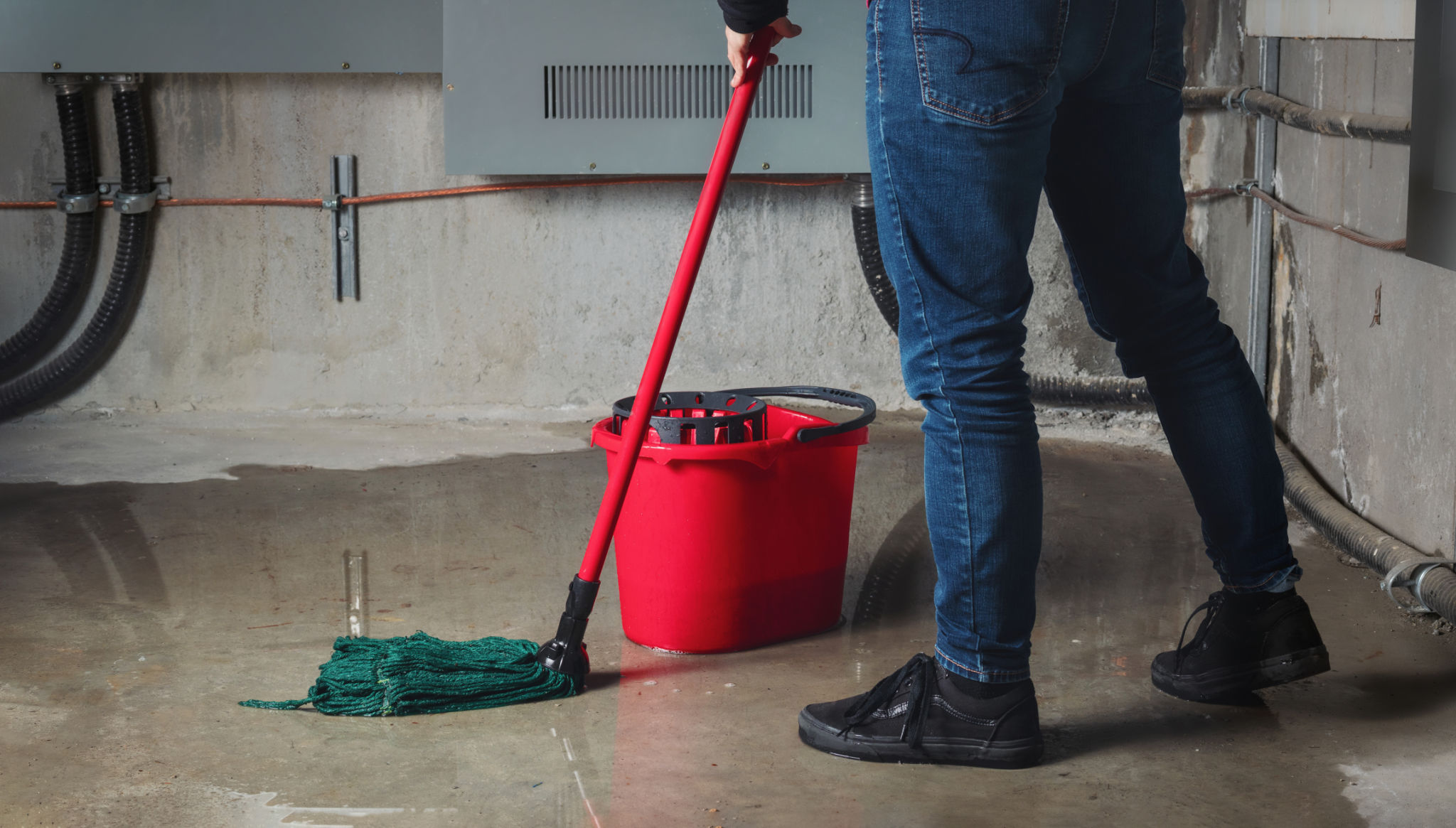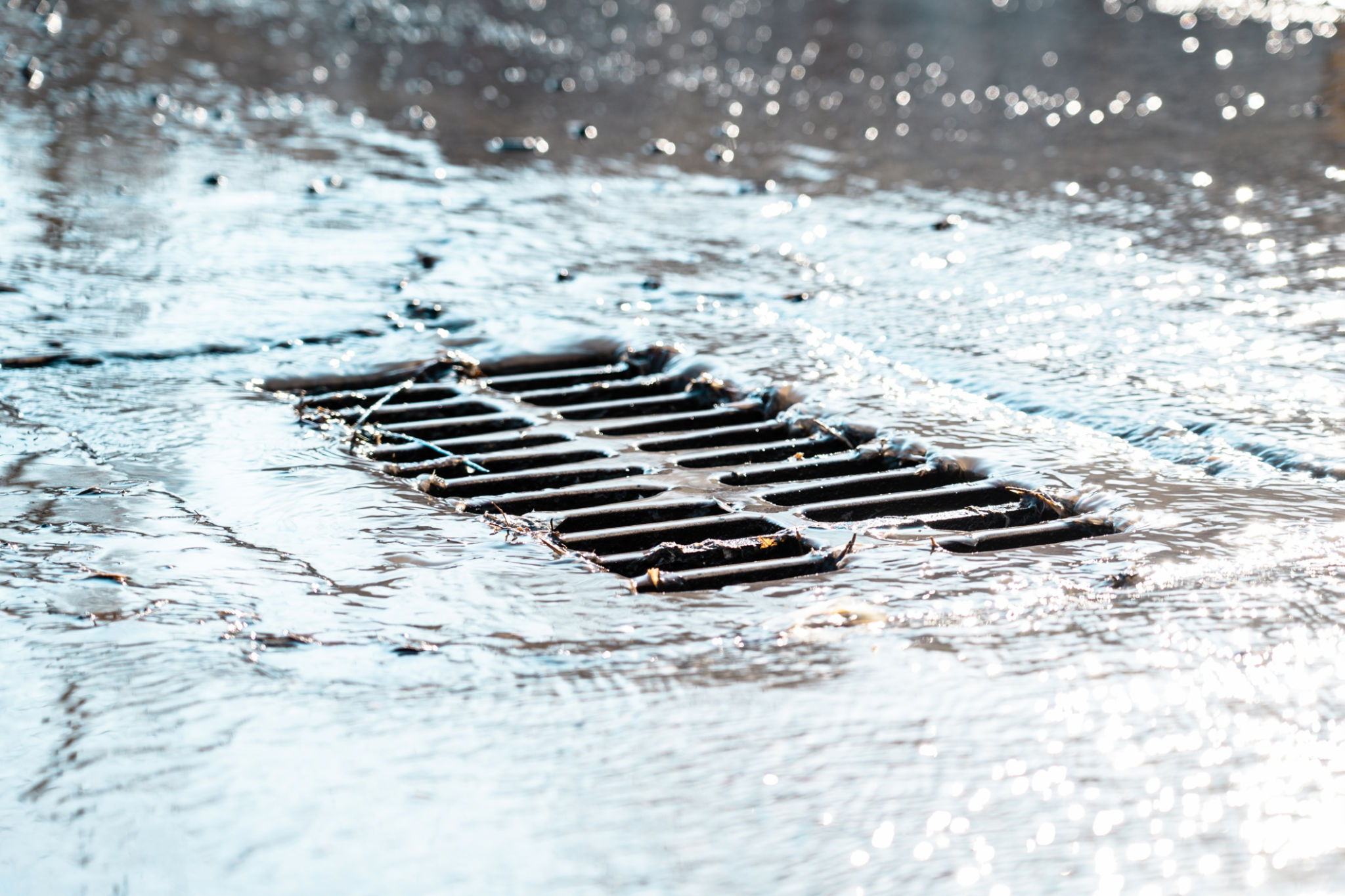Prevent Basement Flooding in Montana Homes: Essential Tips
Understanding the Risk of Basement Flooding in Montana
Basement flooding is a common issue faced by homeowners in Montana due to the state’s unique weather patterns and geographical features. From melting snow in the spring to heavy summer rains, water can easily find its way into basements if preventive measures are not taken. Understanding these risks is the first step in protecting your home.
One of the primary causes of basement flooding is poor drainage around the foundation of the house. When rainwater or melting snow does not drain away from your home, it can seep through cracks and openings in the basement. This can lead to water damage, mold growth, and structural issues over time.

Effective Drainage Solutions
Ensuring proper drainage around your home’s foundation is crucial to prevent basement flooding. One effective solution is to install gutters and downspouts that direct water at least 10 feet away from your home. This helps prevent water from pooling near the foundation.
Additionally, grading the landscape around your home to slope away from the foundation can significantly reduce the risk of water intrusion. It’s essential to regularly inspect and maintain these drainage systems to ensure they are functioning correctly, especially before the rainy season.
French Drains and Sump Pumps
For homes that experience frequent flooding, installing a French drain or a sump pump can be highly beneficial. A French drain is a trench filled with gravel that redirects water away from your home, while a sump pump actively removes water that accumulates in a sump pit in your basement.

Sealing and Waterproofing
Sealing any cracks or openings in your basement walls and floors is another important step in preventing water intrusion. Use high-quality sealants or waterproof paints specifically designed for basements to create a moisture barrier.
Waterproofing your basement involves more than just sealing cracks. Consider applying a waterproof coating on both the interior and exterior walls to provide an additional layer of protection against moisture seepage.
Regular Inspections and Maintenance
Conducting regular inspections of your basement and drainage systems can help identify potential issues before they become major problems. Check for signs of moisture, such as mold growth or musty odors, and address them promptly.

Maintenance tasks such as cleaning gutters, repairing cracks, and ensuring proper operation of sump pumps should be performed routinely. These proactive measures can save you time and money by preventing costly repairs caused by water damage.
Emergency Preparedness
No matter how well-prepared you are, emergencies can still occur. It’s wise to have an emergency plan in place that includes a list of emergency contacts, such as plumbers and restoration services, as well as a basic kit with essentials like a flashlight, batteries, and bottled water.
Consider investing in a backup power source for your sump pump to ensure it continues to operate during power outages, which often accompany severe storms. This extra precaution can be invaluable in keeping your basement dry during unexpected events.